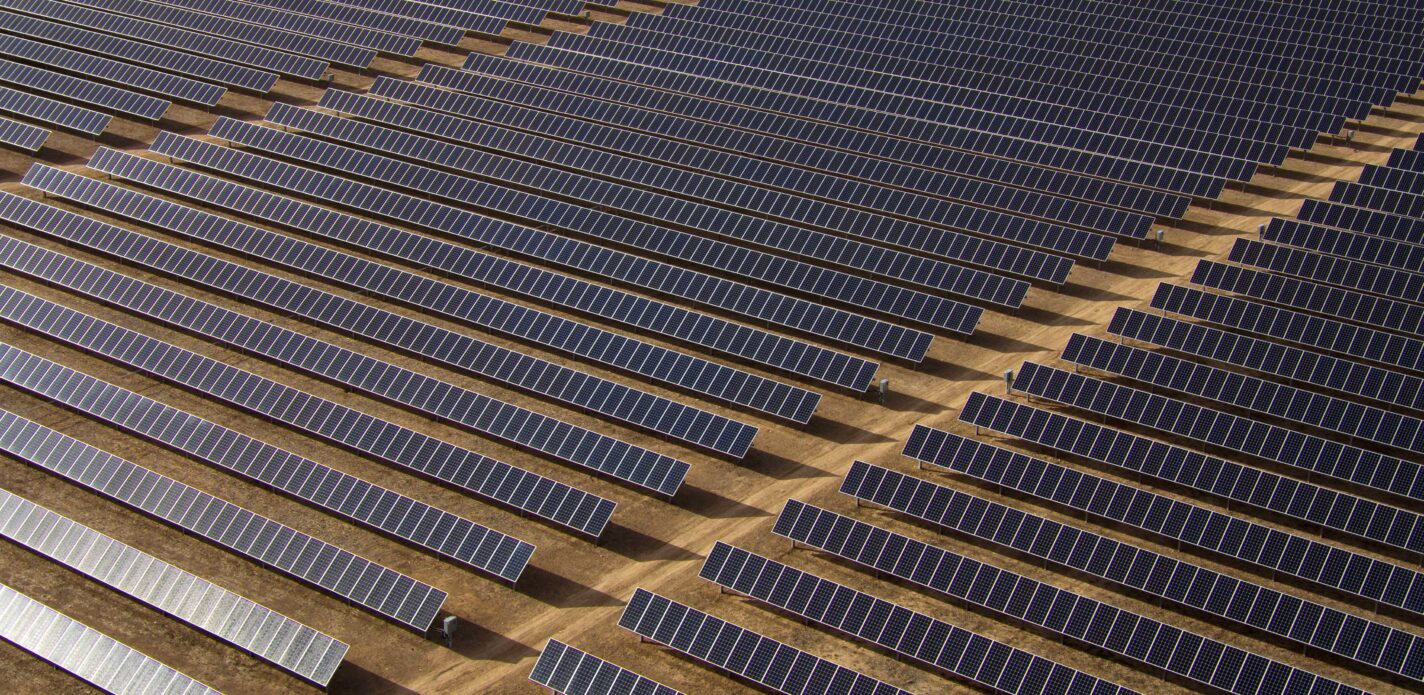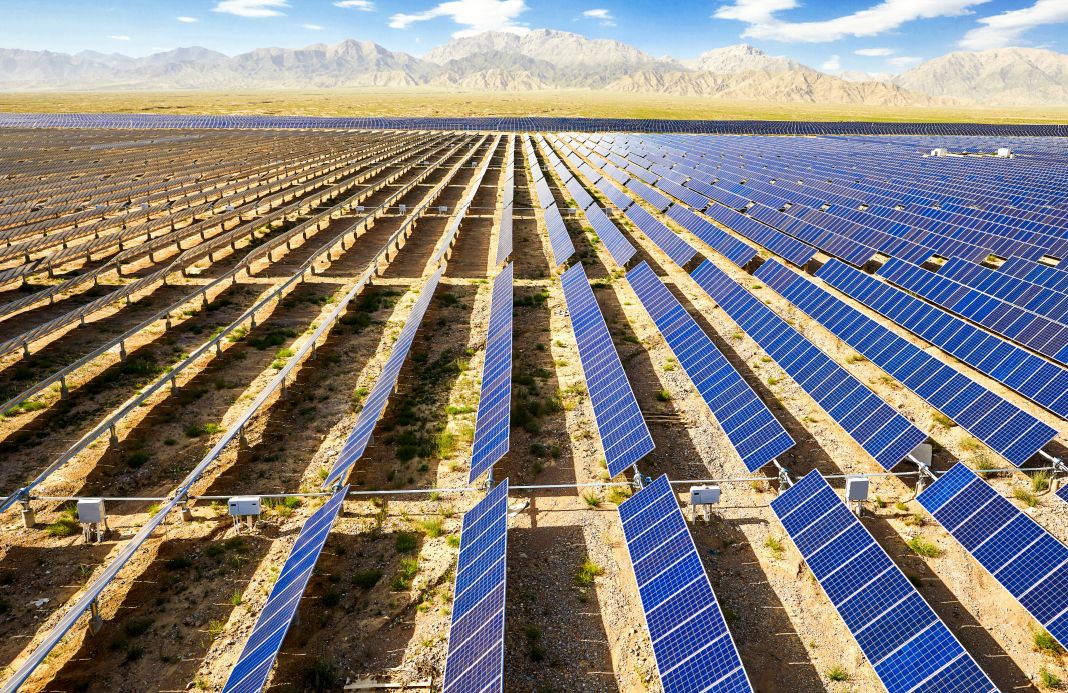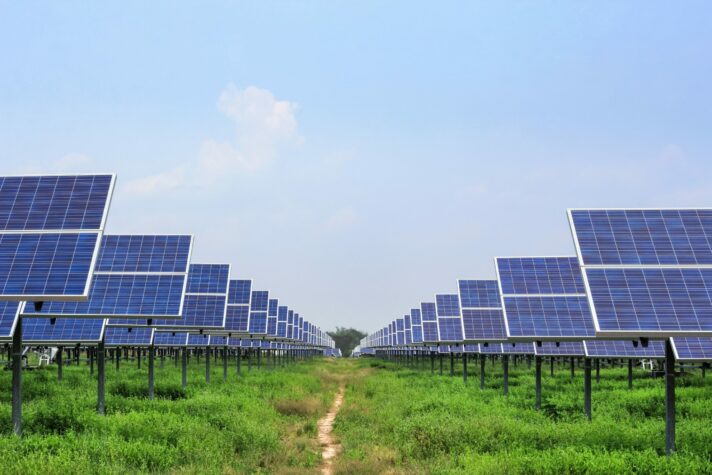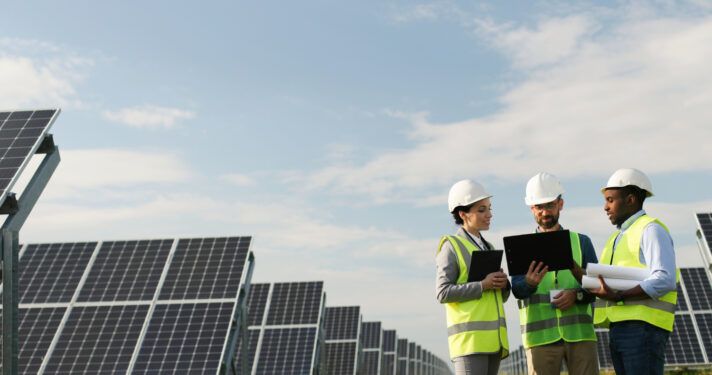By Rob Masinter, Chief Operating Officer, Redeux Energy
The renewable energy industry has seen no shortage of developments in the last few years, and the future looks bright. Continued ESG-related investment mandates in public and private sectors, implementation of the Inflation Reduction Act (IRA), and abundant investment capital will drive massive deployment of clean energy generation and storage infrastructure for at least the next decade. How will the renewable energy space change in 2023-24? Redeux is tracking the following near-term industry trends:
Abundant Capital Will Flow to Clean Energy via Public and Private Sectors
Since 2020, interest in Environmental, Social, and Governance (ESG) data has accelerated as investors have designed models to assess the sustainability-related risks and opportunities organizations pose to stakeholders. In the last two years, investment in ESG funds has increased dramatically, totaling an estimated $120 billion in 2021, a sizeable jump from the $51.1 billion captured in 2020.
The International Energy Administration’s most recent Government Energy Spending Tracker reports that global government spending to support clean energy is set to mobilize even-more substantial flows of private investment, which could raise global clean energy investment by another 50% to over two trillion dollars annually in 2030.
Utility-Scale Solar Market Growth Will Accelerate
The most current version of Lazard’s Levelized Cost of Energy (LCOE) report shows that utility-scale Solar PV is now one of the lowest cost forms of energy generation. With Investment Tax Credits (ITC) and now Production Tax Credits (PTC) offered through the IRA to subsidize solar deployment, LCOE trends are expected to advantage solar and energy storage even more going forward.
Following passage of the IRA, Wood Mackenzie and SEIA project 140 GW of PV solar to be deployed between 2023-2027. The IRA’s tax credit extensions, transferability, and new direct pay options present attractive opportunities for those looking to invest in utility-scale solar.
Energy Storage Deployment Will Increase at an Even Faster Clip
Developers and power plant owners plan to increase utility-scale battery storage capacity in the U.S. nearly four-fold in the next three years, reaching 30 GW by the end of 2025, according to a December 8th post by the U.S. Energy Information Administration. Developers are planning more than 23 large-scale battery projects ranging in capacity from 250-650 MW for deployment by 2025. The IRA’s provision for ITC eligibility for standalone battery energy storage projects will help drive roughly 30GW/111GWh of energy storage build from 2022 to 2030, according to Bloomberg New Energy Finance (BNEF). However, while the new tax credit policy supports more growth based on BNEF’s long-term forecast, supply chain constraints cloud deployment expectations until 2024. Redeux expects policy changes in the near future that will increase opportunities for utility-scale battery owners to capture more value from both market participation and grid reliability services.
Supply Chains Will Begin to Relocate to Ensure Energy Security
US and global regulatory authorities have implemented policies to prevent the purchase or import of products resulting from human rights abuses. This has called into question the practice of importing PV modules containing polysilicon from China’s Xinjiang region, and batteries containing cobalt mined from the Congo. The Biden administration passed The Uyghur Forced Labor Prevention Act in 2021, and 175 companies in the solar industry signed a pledge led by the Solar Energy Industries Association (SEIA) to ensure materials aren’t sourced from forced labor in Xinjiang Province in China. These efforts will require new sources of materials supply for PV solar modules and will drive new battery technologies that utilize more abundant, and lower-cost raw materials.
The passage of the IRA in 2022 incentivizes U.S. manufacturing of the components necessary for clean energy generation and storage infrastructure, as well as development of new technologies. Baked into the IRA is the Solar Energy Manufacturing for America (SEMA) Act, which provides tax credits to incentivize the use of solar devices and infrastructure made in the United States. The Biden Administration also announced a project earlier this year to offer $2.8 billion in funding to strengthen America’s energy independence by manufacturing batteries both for the electric grid and for electric vehicles.
Headwinds: The “Solar Coaster” Will Continue
While the passage of the IRA provides certainty for tax policy, trade restrictions impacting the supply chain continue to present headwinds for the growth of the industry. The Q4 US Solar Market Insight Report notes that the utility-scale solar market added only 10.3 GW of new capacity in 2022, a 40% drop from 2021 volumes, triggered by trade restrictions noted above. The U.S. Department of Commerce’s recent decision to apply anti-circumvention tariffs on solar products from Southeast Asia presents downside risk to future solar deployment.
Quoting SEIA President and CEO Abigail Ross Hopper, “The solar and storage industry is acting decisively to build an ethical supply chain, but unnecessary supply bottlenecks and trade restrictions are preventing manufacturers from getting the equipment they need to invest in U.S. facilities. In the aftermath of the Inflation Reduction Act (IRA), we cannot afford to waste time tinkering with trade laws as the climate threat looms.”
If you’re interested in developing or investing in a utility-scale solar or energy storage project, consider working with a best-in-class partner to navigate the process and enhance your outcome. Connect with Redeux to learn more.





